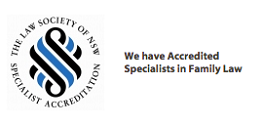Emojis are regularly used in texts, emails and messaging. These little digital pictures have also made an entrance into the legal world.
As people are increasingly communicating by text message and social media, emojis are entering into evidence. Emojis can be shown in their original form in Court so that a Judge or Jury can decide on their meaning within the context of the digital message. An issue that arises is that emojis are often difficult to interpret precisely, even if one is familiar with the emoji in question.
Some of the legal proceedings around the world in which emojis were featured include:
- In the USA in 2015 two men were arrested for stalking when they sent threatening messages to another man via Facebook Messenger. The messages did not have any words and consisted of just three emojis, a fist emoji, a hand point emoji and an ambulance emoji.
- In 2016 in France a young man was convicted of criminal threats for sending a gun emoji in a text message to his girlfriend. The Court ruled that the gun shaped emoji at the end of the message constituted a death threat in the form of an image.
- In 2017 a Supreme Court Judge in Queensland ruled that a valid Will could be expressed via text message with an emoji at the end. A deceased man had saved a text message in his phone’s draft folder labelled “My Will” with a smiley face. The Judge found the informal nature of this Will did not invalidate it.
It appears this will be an emerging issue in legal proceedings. We may see emoji experts being retained by parties to interpret digital characters in communications and help decision makers decide what those characters mean. In the meantime, let the debate rage as to whether the emoji depicting two hands with blue sleeves held together is clapping or praying.









